Although they might not receive the same accolades and recognition as male visionaries, women inventors have helped shape the modern world in countless ways. Notable innovators like Ada Lovelace, who is considered the world’s first programmer, have paved the way for today’s technologies. Others, like Stephanie Kwoleck, have improved safety with inventions like Kevlar, which is five times stronger than steel and used to make bulletproof vests and combat helmets.
But despite so many accomplishments, women haven’t always gotten due credit for their inventions. While the Patent Act of 1790 allowed both men and women to protect their inventions with patents, women in many states couldn’t legally own property independent of their husbands.
MORE: Meet the women honored at Time’s Women of the Year gala
Many women inventors thus registered patents in their husbands’ names or didn’t bother with patents at all. In 1809, Mary Kies became the first woman to receive a U.S. patent. It was for her method of weaving straw with silk, a technique she used for making hats.
Women’s History Month, which occurs every March, was itself invented to honor the many contributions of women around the world. This year’s Women’s History Month theme is “Women Who Advocate for Diversity, Equity and Inclusion,” and in recognition of the many women who faced discrimination while patenting their designs, take a look at 15 inventions you may not have known were pioneered by women.
1. Central Heat
Back in Alice H. Parker’s era at the turn of the twentieth century, people still had to sit next to a fireplace in order to warm up on a cold day. Seeking to devise a way of heating up a whole house during chilly winters in her home state of New Jersey, Parker designed a system for using natural gas to bring heat to an entire home. She patented her design in 1919 and it inspired the heating zone system (and thermostats) that modern homes use today.
Coincidentally, two women, engineer Mária Telkes and architect Eleanor Raymond, are also credited with creating the first house heated by solar energy in 1948.

2. The Sports Bra
In the mid-1970s, Lisa Lindahl and her sister, Hinda Miller, were avid runners, and they lamented how challenging it was to run with no breast support. They came up with the concept of a special bra that was stretchy yet supportive, and could withstand plenty of movement. They then enlisted the help of Lindahl’s friend Polly Smith to design it. Smith’s sports bra prototype originally consisted of two jockstraps sewn together. After making some adjustments, the three women had their new product: the Jogbra. It was a huge success from its first year on the market, likely because it solved a problem that many women experienced.
The invention of the sports bra had a tremendous effect: It allowed more women and girls to feel confident engaging in sports, and it signaled to other retailers that there was a massive market for women’s athletic wear.

3. Paper Bags
Margaret E. Knight was a lifelong inventor and ultimately patented more than 25 inventions before her death in 1914, though her most notable contribution was a machine that manufactured flat-bottom paper bags. Knight began working at a paper bag factory in 1867 and soon noted that the process of hand-folding the square bottom of each bag was wildly inefficient. Within just one year, Knight made a fully operational machine that could feed, cut and fold the paper — including the square bottom — automatically. This allowed for the mass production of paper bags. Knight secured the patent for her invention and later co-founded the Eastern Paper Bag Company in Hartford, Connecticut.

4. Fold-out Beds
If you see a bed that can be pushed or folded up into a wall, you might call it a Murphy bed, even though the origins of the fold-up bed or “cabinet bed” pre-date William Lawrence Murphy’s design by well over a decade. Sarah E. Goode was born into slavery in 1850 and moved to Chicago after the Civil War, where she owned a furniture store with her carpenter husband. Goode invented a cabinet bed as a space-saving solution for many of her working-class customers who lived in small apartments. When folded up, the bed could serve as a desk. Goode became the second Black woman in the U.S. to obtain a patent when she received hers for the cabinet bed in 1885.
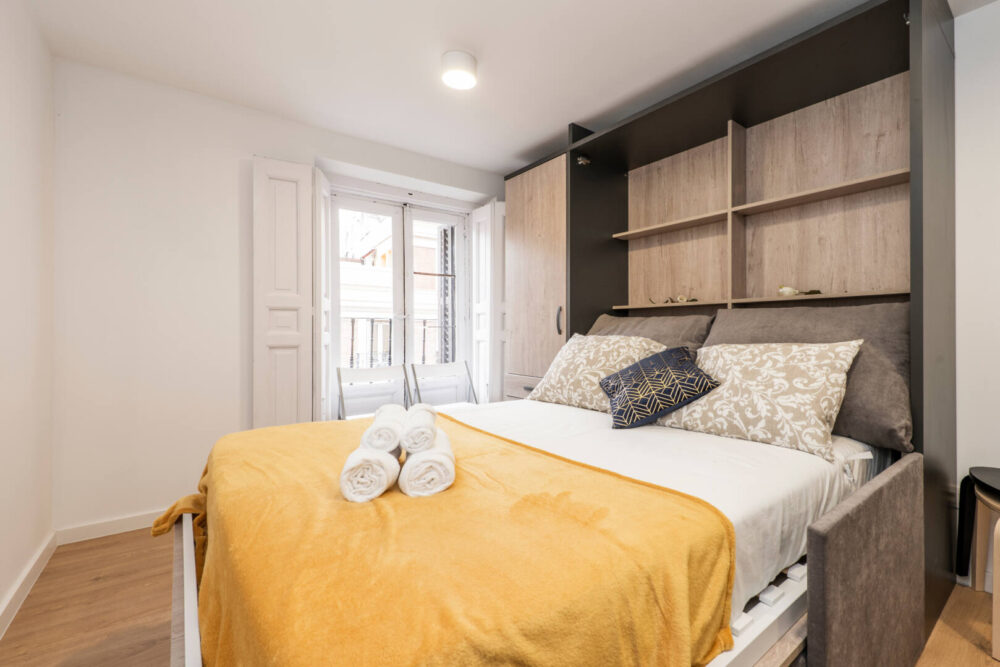
5. Meyers-Briggs Type Indicator (MBTI) Personality Test
Are you an INJF or an ESTP? The fact that we can use these acronyms to discuss our quirky personalities is all thanks to a mother-daughter duo, Katharine Cook Briggs and Isabel Briggs Myers. The test is meant to determine specific aspects of a person’s personality and assign an acronym to the combination of traits that make us who we are. The personality test was actually intended for women originally, as the mother and daughter began creating it during World War II in order to help women find wartime jobs that would suit them best. Since then, millions of people have taken the Meyers-Briggs test in order to explore new career paths or simply to understand themselves better.
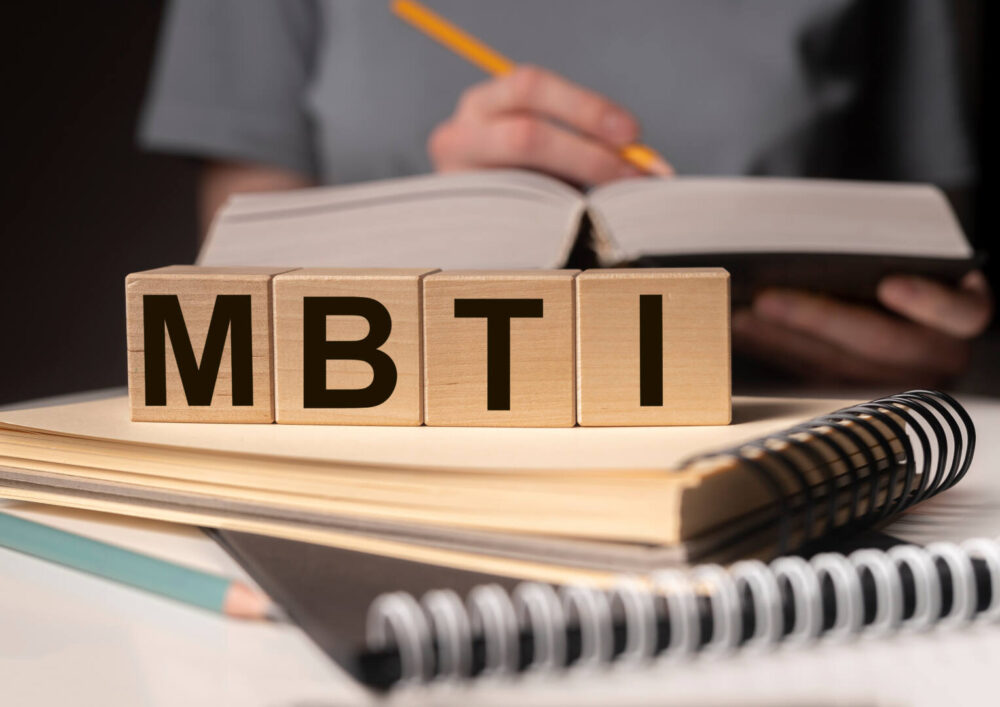
6. The Monopoly Board Game
The earliest version of Monopoly was invented by Elizabeth Magie, who patented “The Landlord’s Game” in 1903. At the time, Magie — a stenographer and secretary who also performed comedic routines on stage — was among the 1% of patent holders who were women. However, a man named Charles Darrow encountered the board game, then pitched a version of the concept to Parker Brothers three decades later while he was unemployed during the Great Depression. The game turned him into a millionaire, but in recent years media coverage in NPR and The New York Times have set the record straight.
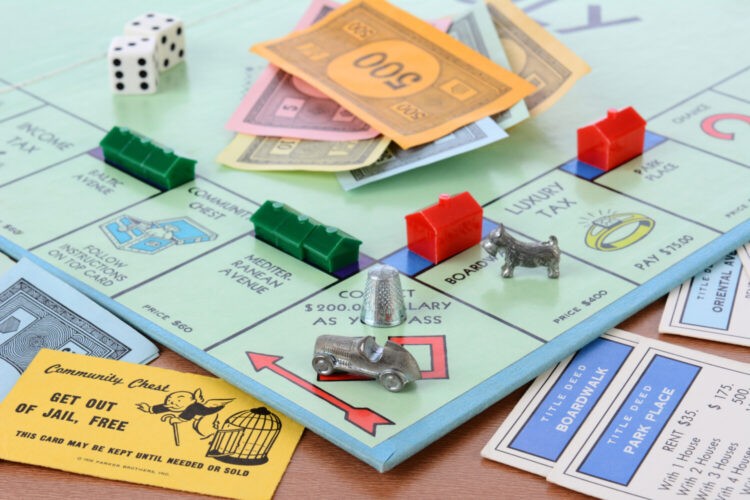
7. Life Raft Improvements
Before serial inventor Maria Beasley came along, life rafts were simply made of flat, wooden panels. Beasley, an American entrepreneur, secured 15 patents from the late 1870s to the 1890s, including one for improvements to a life raft that was designed with guard rails and that could be easily stored in case of an emergency. Some say her life rafts were the ones that helped hundreds of passengers when the Titanic sank in the Atlantic Ocean, although it remains unclear if this is true. Regardless, her design has paved the way for modern-day life rafts. Additionally, Beasley was a prolific inventor whose portfolio also included foot warmers, barrel-hooping machines and a device to stop trains from derailing.

8. Coffee Filters
If you’re a coffee lover, you can thank Melitta Bentz for keeping those bitter grounds out of your morning cup of joe. From her kitchen in Dresden, Germany, Bentz invented coffee filters using a piece of blotting paper from her son’s notebook and punching holes in a brass pot. Then she put the pot over a cup, which allowed filtered coffee to drip into it. She received the coffee filter patent in 1908 and Melitta coffee filters are still sold today.
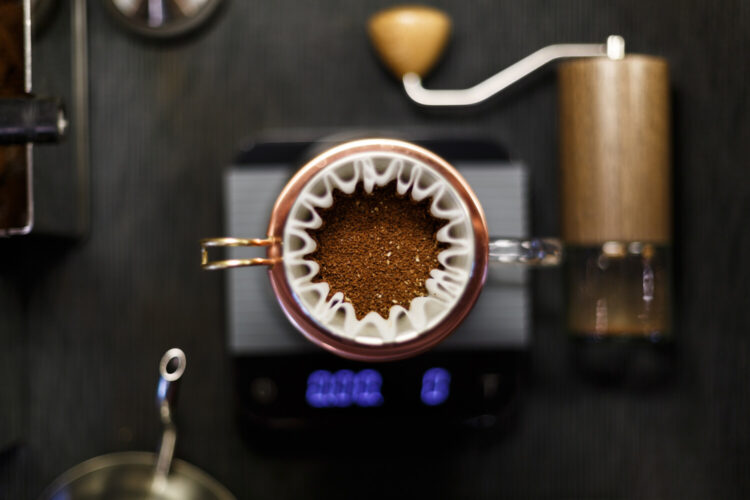
9. Wi-Fi, GPS And Bluetooth Technologies
Considered “the mother of Wi-Fi,” Hedy Lamarr was inducted into the National Inventors Hall of Fame posthumously for the development of her frequency-hopping technology that could guide torpedoes without being detected. This technology led to wireless communications like Wi-Fi, GPS, Bluetooth and cell phones. Lamarr was also a World War II film star believed to have inspired the looks of Disney’s Snow White and the original DC Comics Catwoman.
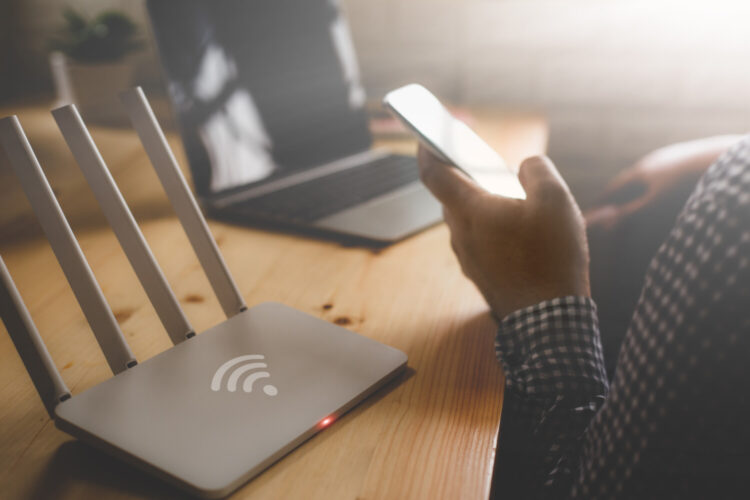
10. Chocolate Chip Cookies
Ruth Wakefield, who ran the Toll House Inn in Massachusetts starting in 1930, used an ice pick to break up a semi-sweet chocolate bar into morsels. She then mixed the morsels into a brown-sugar dough — and this became the beloved chocolate chip cookie. The recipe was popularized after she sold it to Nestle in 1939, which reprinted it on its packages of chocolate chips. The company also hired her to write recipes. Here’s how to make the original chocolate chip cookie.

11. Windshield Wipers
Noticing that streetcar drivers had to open their windows in order to see during inclement weather, sometimes even stopping to manually clear their windshields, inventor Mary Anderson came up with the idea for windshield wipers. Her idea, which she patented in 1903, consisted of a lever inside the vehicle that controlled a spring-loaded arm with a rubber blade. The windshield wiper was eventually adapted for cars as personal vehicles became more popular.

12. Home Security Systems
Often coming home late from her job as a nurse in Queens, New York, African American inventor Marie Van Brittan Brown came up with the idea for the modern-day home security system. Along with her husband Albert Brown, who was an electronics technician, Van Brittan Brown invented a security system that had peepholes, a sliding camera, television monitors and two-way microphones. The device also had a remote that would allow her to unlock the door and an emergency button that could send an alarm to police or security. The couple received the patent for the home security system in 1969 and the closed-circuit television system that arose from her invention is still used today.
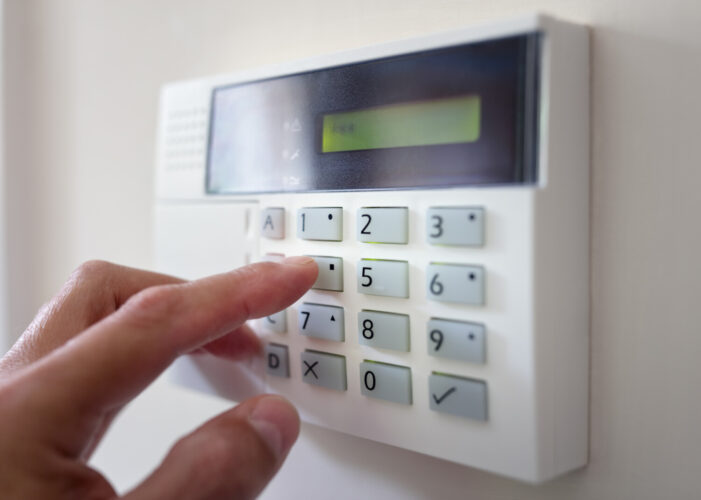
13. Electric Refrigerators
Florence Parpart improved refrigerator design with a patented refrigerator attachment in 1914. Prior to her invention, people used iceboxes, usually made of wood and lined with metal to store an ice block that kept food cold. Parpart’s attachment used an electric system to circulate water throughout the appliances to keep them cold, turning her into one of many women who have made significant contributions to our homes and how they operate. Before she revolutionized refrigerators, she got a patent for a street sweeper to automate the process of cleaning city streets.

14. Telecommunication Devices
In 1973, Shirley Ann Jackson became the first Black woman to earn a doctorate from Massachusetts Institute of Technology. While working at Bell Laboratories, she tapped her deep knowledge of theoretical physics to foster breakthroughs in telecommunications, which led to inventions like the touch-tone telephone, solar cells, fiber optic cables and caller ID. And that’s just one small part of her career; she has also chaired the U.S. Nuclear Regulatory Commission, co-chaired the President’s Intelligence Advisory Board (Under President Barack Obama), served on the boards of IBM and FedEx, and was president of Rensselaer Polytechnic Institute for over two decades. She is now a board member of The Nature Conservancy.
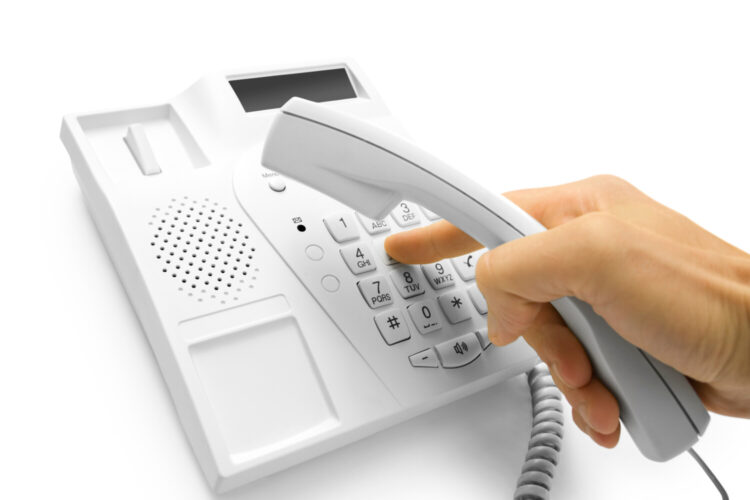
15. True Word Processors
An expert in logic design and data transmission, Evelyn Berezin designed one of the earliest computer reservation systems for airlines. Exasperated with the limits placed on women in tech, she co-founded Redactron in 1969. The company produced the “Data Secretary,” which became the first electronic word processor for business use and was aimed at simplifying secretarial work. The device was based on an IBM Selectric Typewriter and had programmable logic and 13 semiconductor chips, some of which Berezin designed.
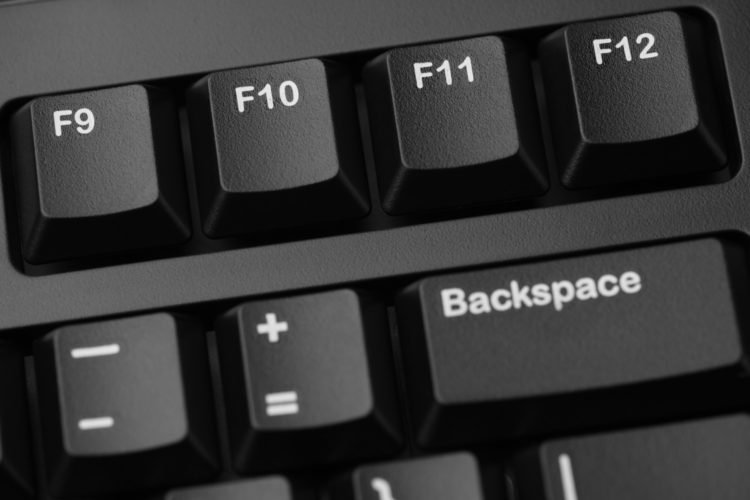
15 things you didn’t know were invented by women originally appeared on Simplemost.com


